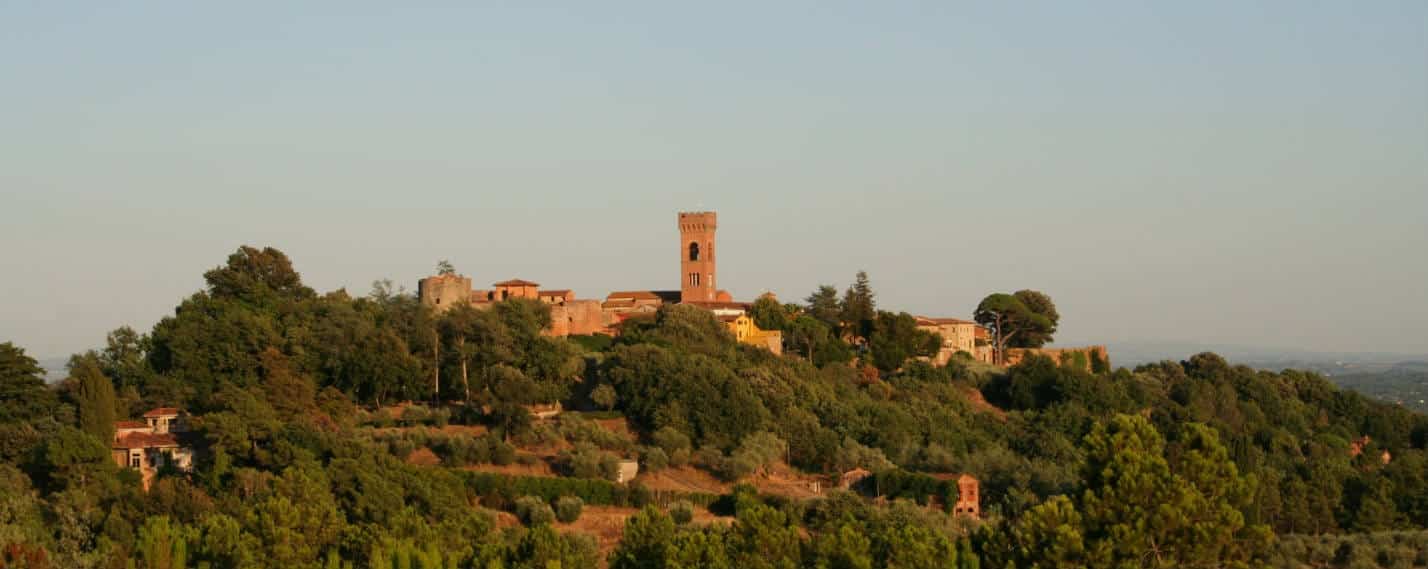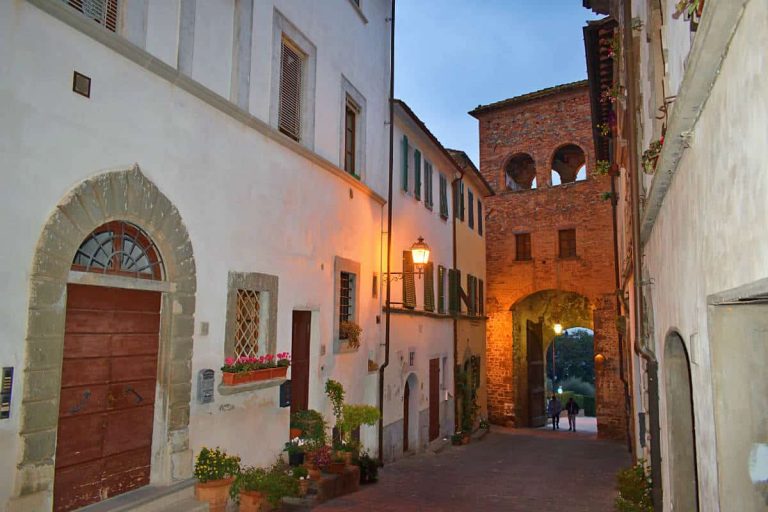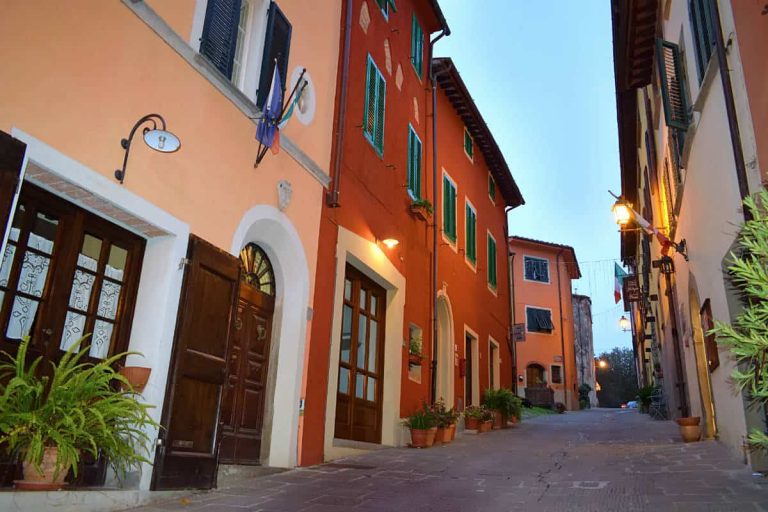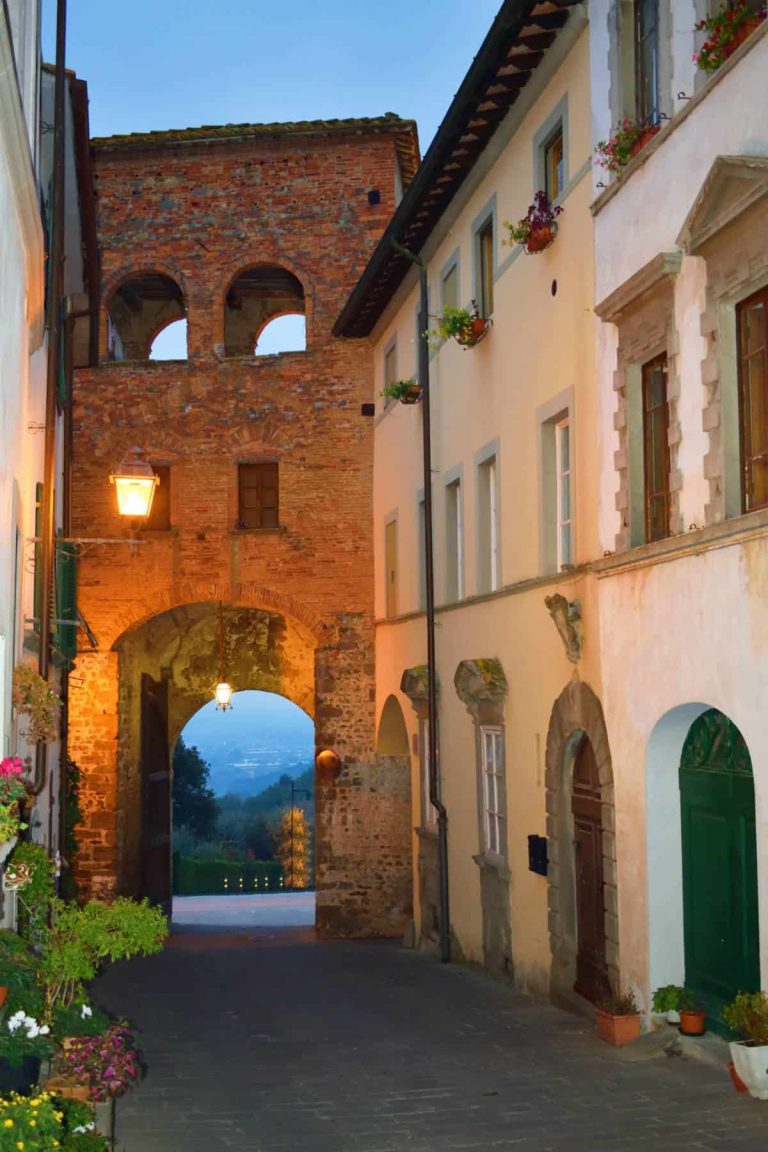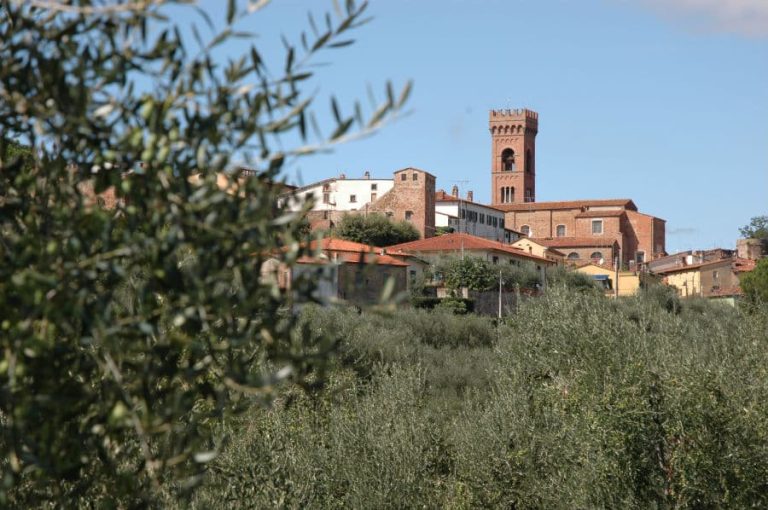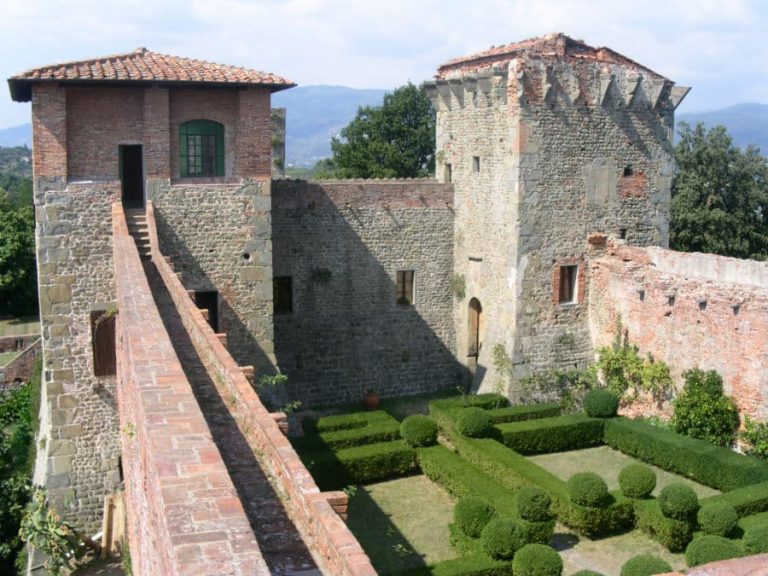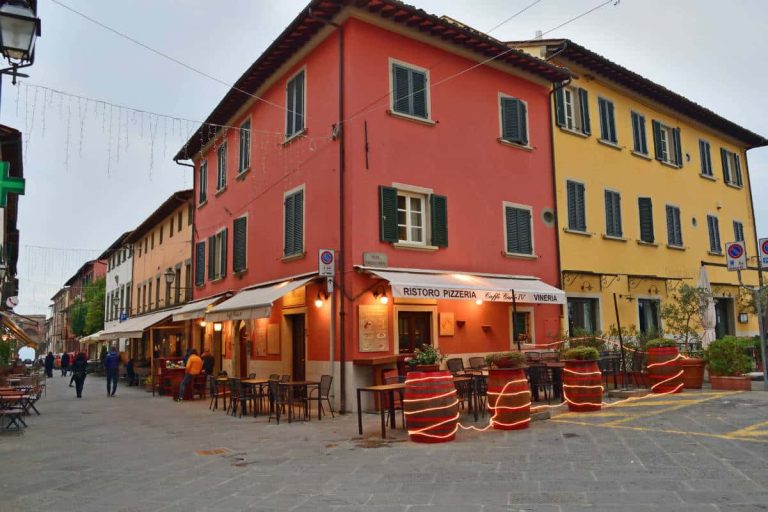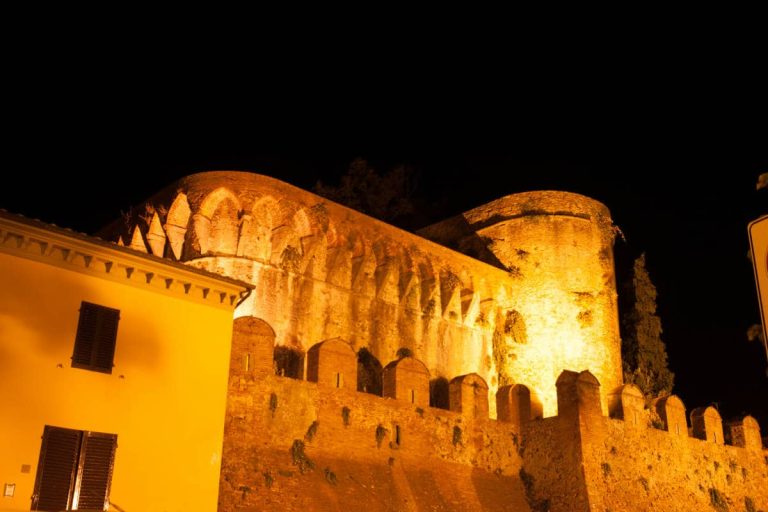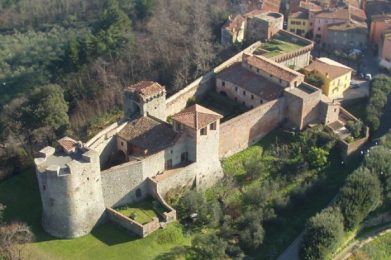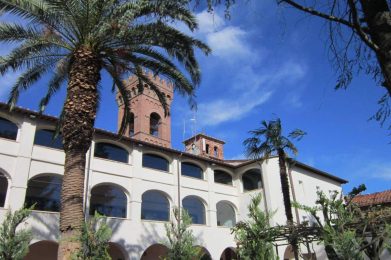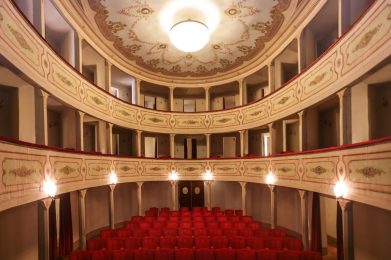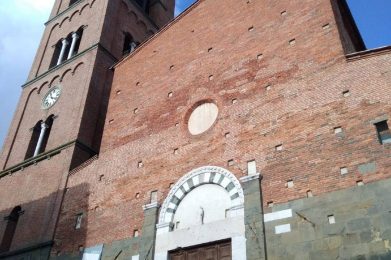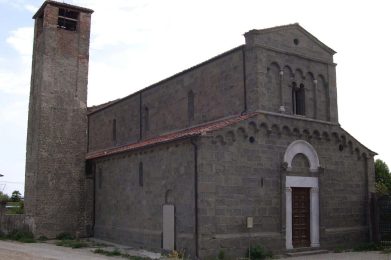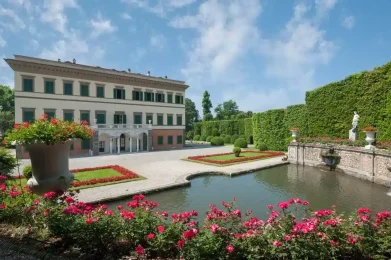Montecarlo, a small medieval jewel of the Lucchesia region, is one of those Tuscan villages that can perfectly combine historical charm, food and wine excellence and breathtaking views. Situated on a secluded hill at 163 meters above sea level, it dominates the Plain of Lucca and overlooks the Valdinievole, in a landscape designed by neat vineyards, centuries-old olive groves and rows of vines that color the hills in every season.
Origins and history
Montecarlo was officially born in 1333 at the behest of the Republic of Lucca, which decided to re-found the ancient village of Vivinaia - destroyed by the Florentines - by relocating it to the top of the Cerruglio hill. The name "Montecarlo" was chosen in honor of Charles IV of Luxembourg, future emperor of the Holy Roman Empire, who contributed to the liberation of Lucca from Pisan rule. In medieval times, the Cerruglio Fortress assumed a crucial strategic role in the wars between Lucca, Florence and Pisa. From here Castruccio Castracani, leader of Lucca, led his troops in the famous victory of Altopascio in 1325.
The Fortress and the Walls
The Cerruglio Fortress, a symbol of Montecarlo, still retains its three main towers: the semicircular keep, the Tower of Apparition, and the Tower of Santa Barbara. The latter takes its name from a legend that Our Lady of Succor appeared during a Pisan siege in the 15th century to defend the village.
The entire historic center is enclosed by an imposing city wall, some of which is still intact, through which it is entered through three gates: the Porta Fiorentina, the Porticciola and the Porta Nuova. Strolling through its paved streets is an experience that smells of the Middle Ages, among picturesque views and artisan workshops.
Architecture and culture
In the heart of the village is the Collegiate Church of St. Andrew, built in the 14th century and renovated in Baroque style in the 18th century. Not far away is the Teatro dei Rassicurati, a small 19th-century theater with a unique grace, which was also attended by maestro Giacomo Puccini. Even older is the Pieve di San Piero in Campo, located at the foot of the hill: it is one of the oldest Christian churches in Tuscany, a witness to a spirituality that spans the centuries.
Enogastronomy: the Montecarlo DOC
Montecarlo is famous throughout Italy for its PDO wines, particularly Montecarlo Bianco and Rosso di Montecarlo. The white, elegant and aromatic, pairs well with fish dishes, risottos and local soups, while the red, more full-bodied, goes well with roasts, game and typical cured meats such as biroldo and prosciutto crudo bazzone. Finally, it is impossible not to mention Torta co' becchi, a typical Tuscan shortbread cake with a spicy filling.
Curiosities and characters
Monte Carlo was the birthplace of Armando de Dominicis, a pioneer of Italian aviation. The San Salvatore Park, inaugurated in 2002, was dedicated to him in memory of his contribution to the history of flight.

